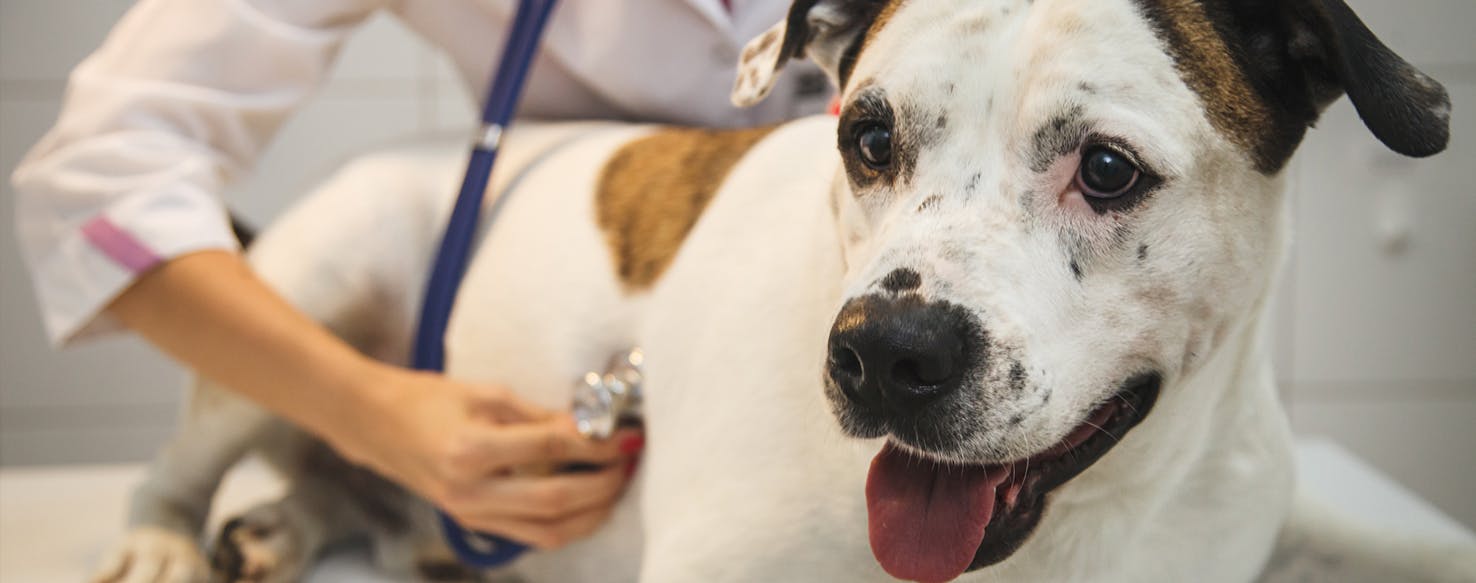You may not have heard of methicillin-resistant staphylococcus aureus before, but you've probably heard of bacteria that resists drugs. This problem is one that most healthy people will never have to face. People who are already sick or who have immune deficiencies, however, can have a very bad time with MRSA. The bacteria (which is present in the majority of humans) can set up shop in the unhealthy person, and is nearly impossible to get rid of. MRSA can transfer super easily from person to person, making it a nasty threat to any who are already battling with health issues. But can this contagious bacteria jump the species wall? Are our pooches also in danger from bacteria that resists antibiotics?
Can Dogs Get MRSA?
YES!
Dogs can most definitely get MRSA! Due to the high amounts of antibiotics used to treat dogs, and the even higher amount given to farm animals that end up in dog food, the bacteria that naturally exists in your pup can turn deadly. MRSA infections have been confirmed in many a pooch, but the vast majority are able to get rid of the illness on their own. That being said, a similar antibiotic-resident bacteria known as MRSP (methicillin-resistant staphylococcus pseudintermedius) is much more of a threat to our canine pals than MRSA, and it attacks almost the same way.
Does My Dog Have MRSA?
To be honest, your dog probably does have MRSA. What you need to be worried about is if your dog is showing some of the signs of an MRSA infection. These infections are rare, but do have the potential to become a real threat to your four-legged friend.
Symptoms
At its start, an MRSA infection usually looks like a simple rash. Once the infection grows, you may notice scaling, crusting, pus and hair loss in the affected area. If the infection starts to spread through the body, your dog will start to lose organ, bone or blood function.
Causes
MRSA can come from people or from other dogs. If your dog is not overly healthy, it's even possible for him to infect himself! The bacteria is usually not harmful, but in weaker pups, an infection can run rampant.
Diagnosis
To help figure out if your dog has MRSA, your vet will need to collect a sample of the bacteria. This will be done using a swab of an affected skin lesion. These samples can then be sent to a lab where the bacteria can be observed while it grows.
How Do I Treat My Dog's MRSA?
If it seems like your dog is getting a skin infection or worse, there are steps that you can take to stop things from getting out of hand. Always consult your veterinarian when weird health problems come up.
Treatment
If the infection is only skin deep, a combo of antibacterial shampoos and sprays used daily can be enough to cure your pup. But if the bacteria has spread through the body, heavy duty meds are in order. Your vet will likely prescribe a special antibiotic for up to two months to fully get rid of an MRSA infection.
Recovery
As long as the infection has been caught before it has spread to your dog's bones or blood, the healing process shouldn't be too complicated. During this time, you need to be extra careful to keep the dog away from anyone whose immune system is not so great. MRSA can definitely spread from dog to human if the conditions are right.
How is MRSA Similar in Dogs and Humans?
It's the same bacteria that causes an MRSA infection in both people and their pooches. Because of this, many of the symptoms are similar for both species. Things to look out for include:
How is MRSA Different in Dogs and Humans?
Dogs and humans have some pretty major differences in our anatomies. This means that harmful bacteria can cause certain effects in our furry friends that we don't experience, and vice versa. Main differences are:
Case Study
What you may pass off as a regular rash could be something more. One owner noticed red spots on her girl’s belly area. The rash stayed for a bit too long, so off to the vet they went. Sure enough, the pooch had an MRSA infection! After a course of special antibiotics and a few weeks of being extra cautious when it comes to germs, the dog was free of the bacteria. Thankfully, because they were careful, no humans got sick from the infected pupper.


